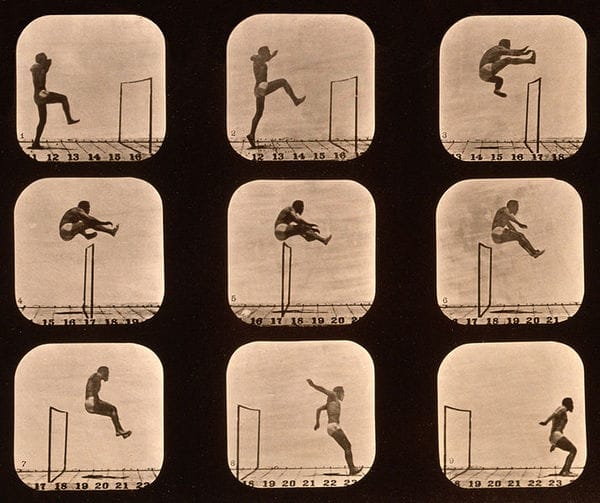Following are the excerpts from a manual, which BBMP could be preparing for pedestrians:
1) For crossing streets, never assume that you can use the zebra crossings. The primary purpose of those crossings is for vehicles to come to a stop. The pedestrian is only an afterthought. Vehicles have full right to occupy the zebra crossings. Any pedestrian violating these rights of vehicles may be arrested.
2) BBMP has been magnanimous in providing separate signals for pedestrians in some intersections. Again, please understand that the traffic signals are primarily meant for vehicles. Do not complain that these signals are on only for few seconds. The purpose is to have you, our citizens, in good shape. You have to learn to dash across the street. You will thank BBMP later when you go to your next physical.

3) Most of the traffic signals do not have separate signals for pedestrians. You have to observe and understand the traffic and dash at the right moment. This improves your thinking capabilities. Thus, the mental health of our citizen is assured. Such measures will really make the pedestrian a mentally fit person and will delay the onset of Alzheimer.
4) Please do not think the footpath, also called sidewalk by some, belongs to you. That is the biggest mistake you can make. It may have belonged to you conceptually but today the BBMP has apportioned footpaths for the following purposes.
a) In the market area, the footpath belongs to hawkers. They are already dispossessed people and we do not want to remove them. Further, the courts of the land also believe that life has been this way for centuries and should not be uprooted
b) In the non market area, the footpath belongs to two wheelers. After all, they are small vehicles and don’t get much space on the road, among the dominating three and four wheelers. BBMP gives warning that the organisation is not responsible if pedestrians prove to be obstacles for the two-wheelers. Please do not test the patience of two wheeler drivers. They have already made big sacrifices by agreeing to share the footpaths with you the pedestrians.
c) After taking care of the above two needs, pedestrians may be granted some space on the footpaths. They should however understand it is not their right. The hawkers and two wheelers will be given priority. Just be happy that there is after all some place for you
d) Do not complain if the footpath is not even. These obstacles would increase your walking skills. Some of the slabs are routinely removed so as to improve your observation capabilities. This will help you to learn to dodge many things in life.
4) The pedestrians are encouraged to cease to be pedestrians. BBMP requests them to buy the vehicles they can afford. Subsidies are also being thought of to get vehicles for as many pedestrians as possible.
5) BBMP is thinking of having one of their personnel on each street. The main duty of the said personnel is to discourage people to be pedestrians. Unless very necessary, the probable pedestrians will be asked not to stir out of their homes. The BBMP personnel on each street will have the power to send back pedestrians to their homes. BBMP hopes such drastic measures won’t be necessary and the citizens stay put at home voluntarily. The older people are especially asked to cooperate. Let them not hasten their end by coming on to the streets
6) BBMP is not responsible if pedestrians get injured or something worse happens to them. In a fast growing economy like ours there will always be some people who have to be left behind. While BBMP feels sorry for such tragedies, one cannot make an omelet without breaking eggs!
⊕
I think these are simple but sharp observations. Apparently, we seem to have, as citizens, some resilience / great tolerance to these cruelties or whatever you may call it. Cities are about people, but now infrastructure seems to hold more importance, especially the kind that seems abstract and “project” oriented.
yes, it is sad but we have great tolerance to these cruelties heaped on us. Everyday newspapers have stories on woes of pedestrians. The establishment does not care. thanks vijay